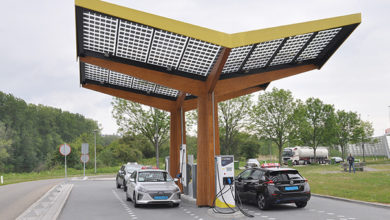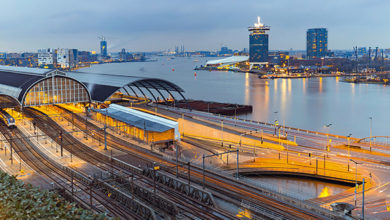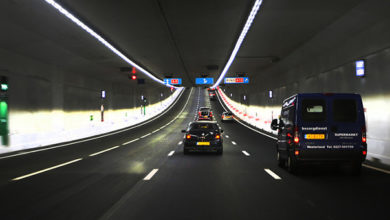Bridges and car parks have a significant influence on traffic in Amsterdam. While some are being modernised, others are becoming increasingly scarce.
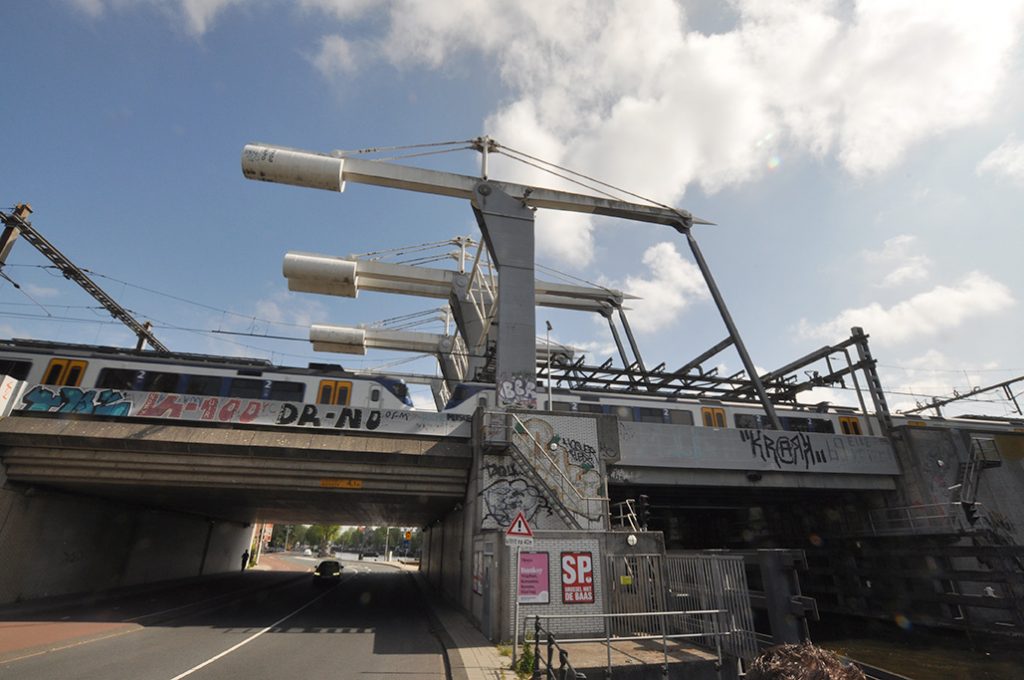
We’re heading downtown. On the left a canal, on the right houses – typical Amsterdam. By the way, Amsterdam is situated at the Ijsselmeer, at the mouth of the only 31 km long river Amstel and the Ij, an old arm of the Zuiderzee, which flow directly into the Ijsselmeer. The water level of the canals is about 40 centimetres below the sea level of the North Sea.
Bridges over calm water
The water to our left is called the Westerkanaal and is an extension of the Singelgracht. Around 1660 it still formed the city boundary. The lift bridge in front of us is called the Singelgrachtbrug bridge, for obvious reasons, and is a combination of three railroad bridges. The design with its high counterweight is typical and has been known for centuries. Van Gogh already painted impressions of these “Dutch bridges”.
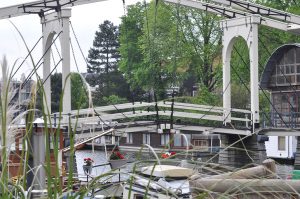
The canals are not just omnipresent here, they are still an active means of mobility. Around 200 of
them are shaped in a ring around the old city center. The other modes of transport have to pass either over or under these. As is the case here, a multitrack railroad. What is unusual here is that many of the bridges can move, either by a lifting or swiveling mechanism. This is a huge advantage because there is no need for long access ramps, and so the structures fit neatly into the cityscape, saving space.
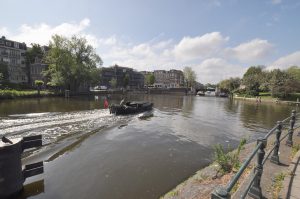
There are more than three times as many bridges in Amsterdam as there are in Venice.
A disadvantage for all those who are not traveling by water: they will sometimes have to wait. The
signal routing system that guides such a wide range of vehicles through the traffic streams while limiting their effects on each other as much as possible is exciting. Data transmission, power supplies, control rooms, control cabinets – a broad field.
Treasure parking lot
Misha is getting restless. “Come quick, or we’ll get a ticket.” Parking is the great suffering of every driver in Amsterdam. And expensive: Even the photo stop lasting a few minutes could quickly cost 100 euros, although we are standing on a regular parking lot. But it’s only reserved for residents. So quickly back to the car!
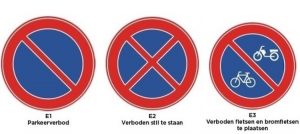
Parking is one of the biggest “incentives” to use public transport in inner-city traffic. The “pain” of penalties or towing charges is so severe in Amsterdam that people who are familiar with the area usually avoid going downtown by car. A phenomenon that can be observed in almost every major city worldwide and a real stimulus when it comes to alternative transport concepts in times of global urbanisation.
Amsterdam has decided to reduce the number of residents’ parking permits by 1500 per year from 2019. By 2025, around 11,200 parking spaces will disappear, which will be replaced by wider cycle paths, footpaths or green areas.
Beer from the Gracht
We continue towards the city center and visit a parking garage. We park our car in the Heinekenplein square, a place steeped in history, in the immediate neighbourhood of the old brewing headquarters in Amsterdam. The Heineken brewery was founded here in 1864.
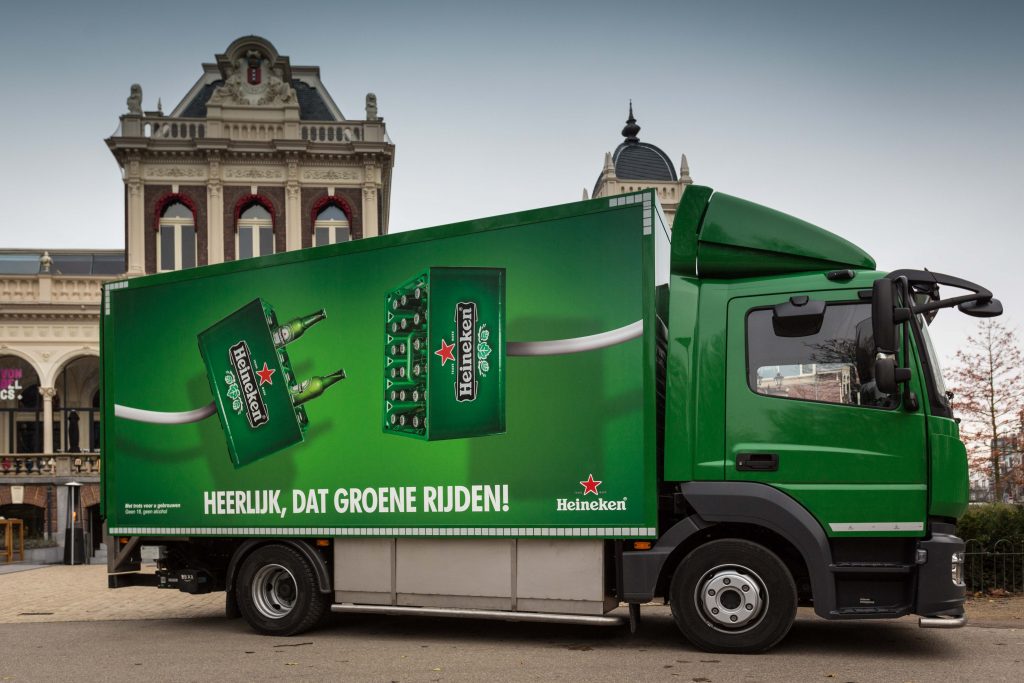
Beer is an important part of the history of the city of Amsterdam – as early as 1323, the then fledgling
city gained the monopoly on importing beer from Hamburg. Nowadays, the Heineken brewery is the second-largest brewery in the world.
The Heineken brewery is now the second largest brewery in the world, but the germ cell at Heinekenplein closed down active beer production in 1988.
Phoenix Contact does not produce beer, but is currently working with microbreweries that use PLCnext control technology.
Facts Parking and Beer
Public parking Amsterdam: 432,000
of which in multi-storey car parks/underground garages: 167,000
Resident parking spaces: 133,000
Share of delivery traffic in traffic volume: 10 to 15%.
Import monopoly for Hamburg beer: 1323
Solution examples
Functional safety in signal systems
